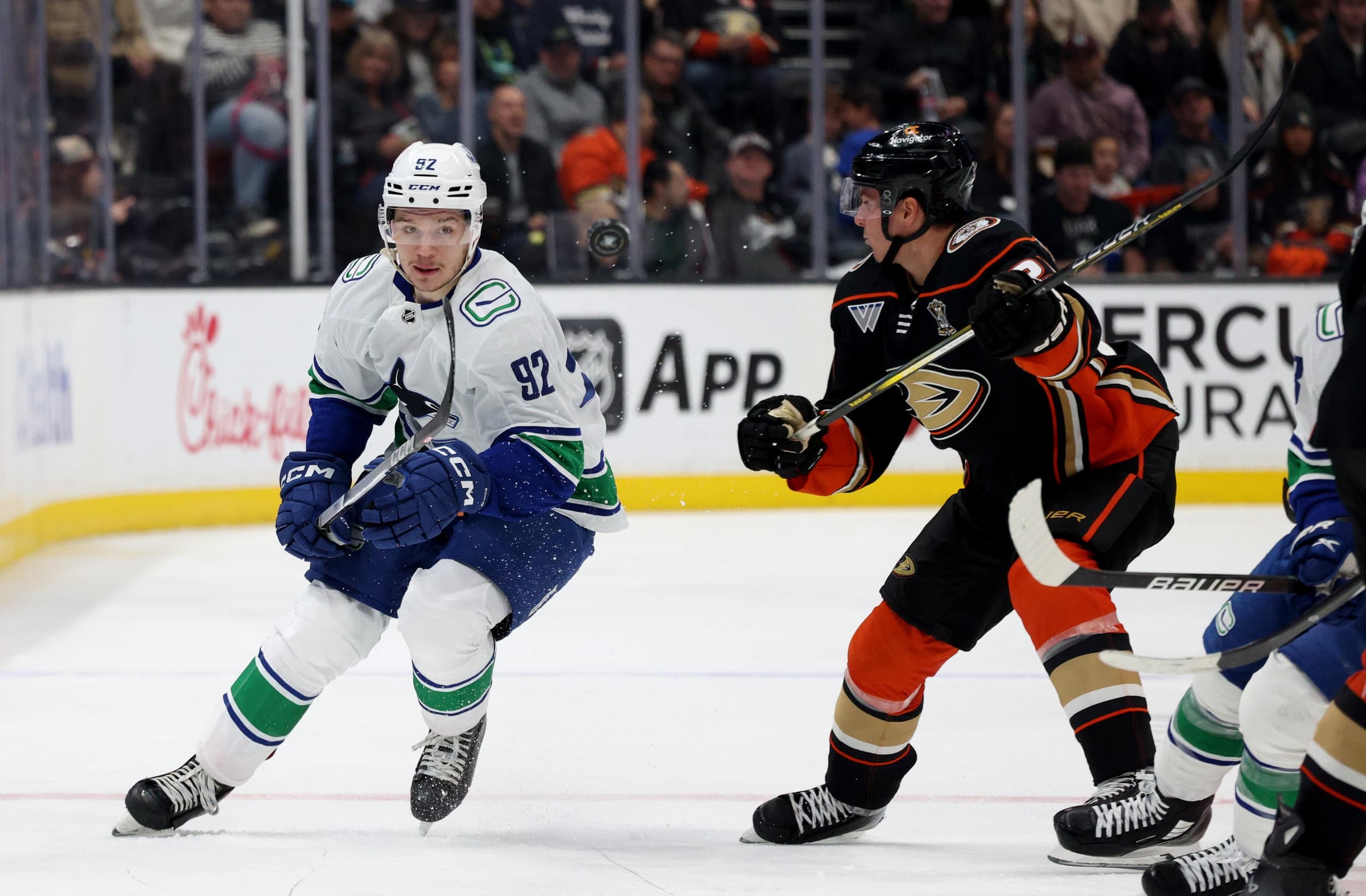How NHL recalls work post-deadline, and who the Canucks will be able to bring up as reinforcements from here on out
Photo credit: © Jason Parkhurst-USA TODAY Sports
7 months ago
Keep scrolling for the next article
Breaking News
- Instant Reaction: Kevin Lankinen shines again as Canucks beat Blackhawks 6-3
- Which other Canucks will hit 1,000 games played?: Canucks Conversation
- Through improved defensive play, Canucks’ Erik Brännström is earning an extended NHL stay
- NHL odds, betting preview (Oct. 22): Canucks vs. Blackhawks predictions
- Canucks turn to Kevin Lankinen vs. Chicago: is it the right call?
